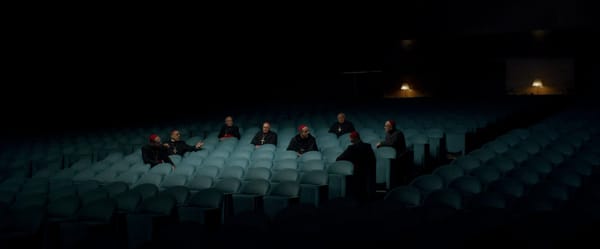Movies aren't podcasts
Why we need silent films in the 21st century
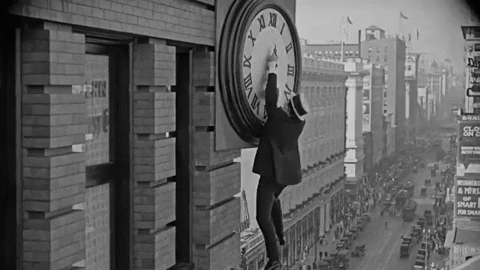
Between the banana bread baking and the existential spiralling of lockdown, I began exploring classical Hollywood cinema.
It didn’t take long to realise why the early to mid-twentieth century was deemed the Golden Age of Hollywood. As someone who adores musicals, I was sold from the moment I watched Jane Russell and Marilyn Monroe in the charming comedy Gentlemen Prefer Blondes. And it didn’t take long for me to hop on the Charlie Chaplin train when I eventually got to Modern Times, The Great Dictator, and The Kid.
The way Chaplin tells hilarious, moving stories through no more than his body and facial expressions is astonishing when seen from the perspective of a society that often doesn’t know when more voices aren’t needed.
This week I returned to the silent era of Hollywood with Steamboat Bill, Jr. and Safety Last!. These movies include what are arguably two of the most iconic shots in classic Hollywood:
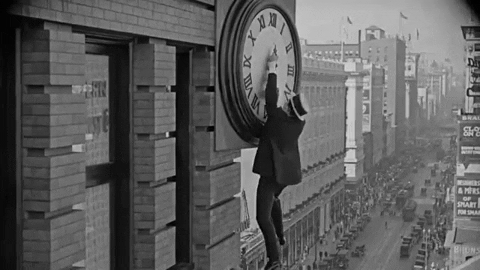
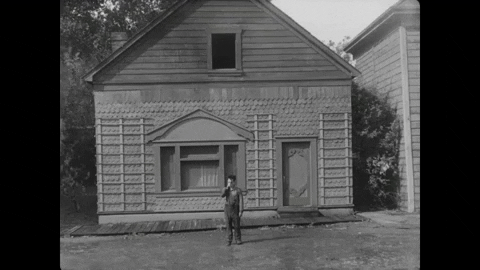
These images of Harold Lloyd and Buster Keaton are likely ingrained in the brain of every cinephile whether they’ve seen the movies or not. And to be honest, it’s the reason I chose to put on the movies in the first place. But when I pressed play, it took at least double the runtime to finish them.
Why?
Because the catch of watching silent films is that you have to actually look at the screen the whole time (shocker, I know).
That might sound like the basic logic of watching a movie but in today’s age where multiple screens are constantly fighting it out for our attention, you can see how watching a silent film turns out to be more challenging than it appears.
My experience watching Keaton and Lloyd’s performances for the first time was punctuated by checking my phone’s notifications and doing a little scroll while I was there. It’s fair to say that scrolling away on our phones with occasional glances at a film to catch up on the action is typical of at-home movie-watching these days.
We rely on what the characters are telling us more than what’s happening on the screen. Silent movies, however, don’t let us get away with this.
The reason it took me double the time to watch eighty-minute movies is that I had to press pause whenever I gave in to the temptation of my phone. Because looking away from a silent movie is risky business. Losing focus for just a few seconds will leave you utterly lost and confused when you decide to give it your attention again.
Unlike the dialogue-heavy nature of mainstream cinema today, silent cinema relies on visuals, which range from Harold Lloyd hanging from a building to Charlie Chaplin twitching his moustache. And we can’t forget that even though silent films are usually characterised by their lack of speech, they do in fact include dialogue and narration in the form of intertitles:
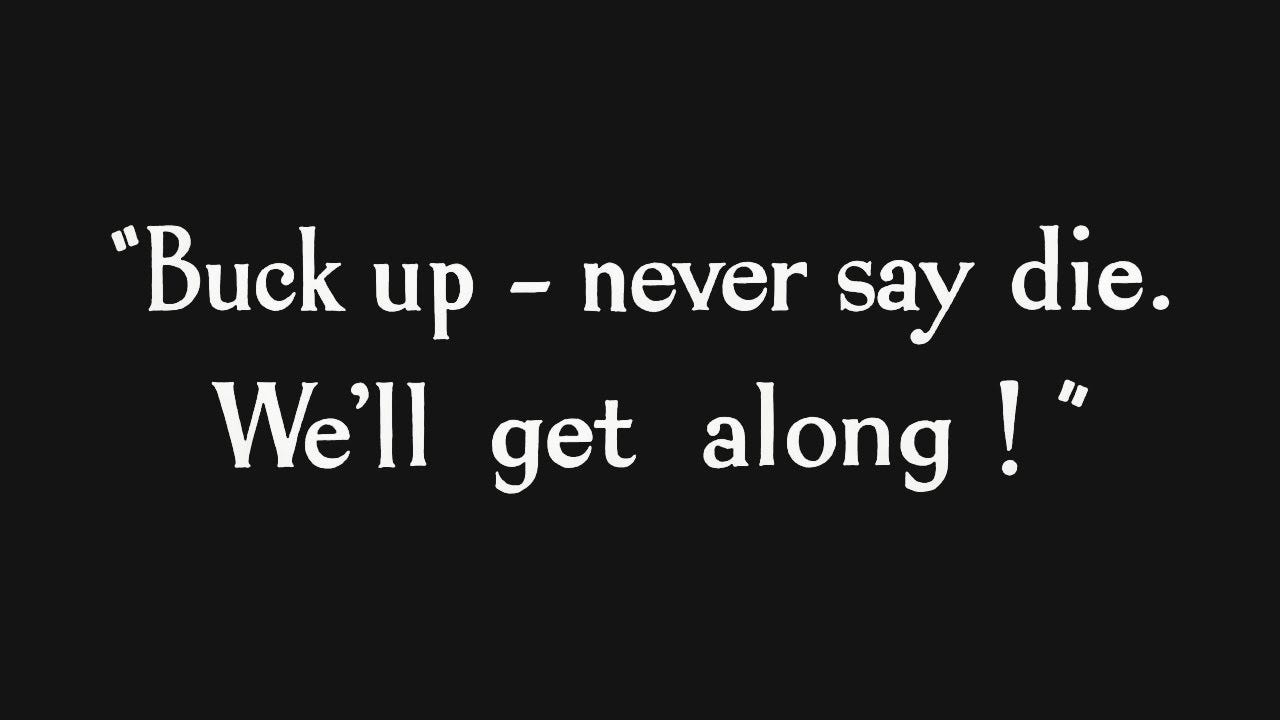
The sparse use of intertitles is a testament to how much can be said without words and it might encourage us to rethink how we watch movies in general. For instance, Chaplin didn’t give in to the new trend when sound technology was introduced to the filmmaking scene. He persisted with silent features until he made The Great Dictator, which is some of the most intentional and genius uses of audible dialogue in a film I’ve ever seen.
Chaplin as well as all the filmmakers of the silent era prove to us that movies are called motion pictures for a reason. Films aren’t made to be listened to. That’s what we have podcasts and audiobooks for.
So this is a reminder for those of us able to see a film’s images that the story is in the pictures.
If you’d like to venture into silent films for the first time, I recommend any of the ones I’ve mentioned here. Personally, I feel that Chaplin’s comedy and social commentary are as relevant today as it was those one hundred years ago, which is why I’d suggest his work as a starting point.
Bonus: Most of the classics can be watched on YouTube!
If you’ve found value, joy, or comfort in The Kulturalist, consider clicking the button below to support my work. Your generosity keeps the words flowing. Thank you for being here!



